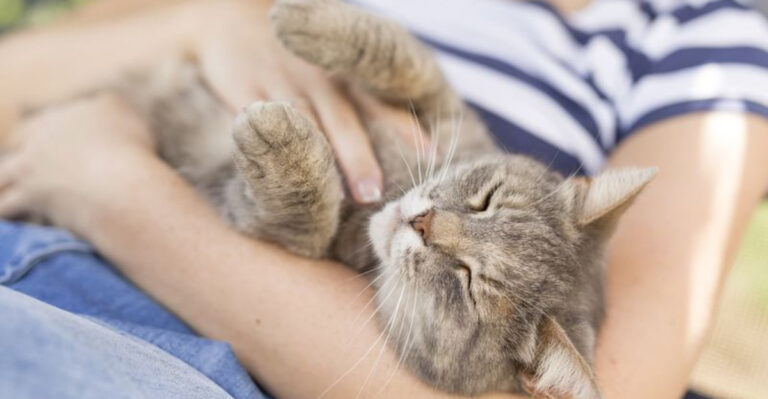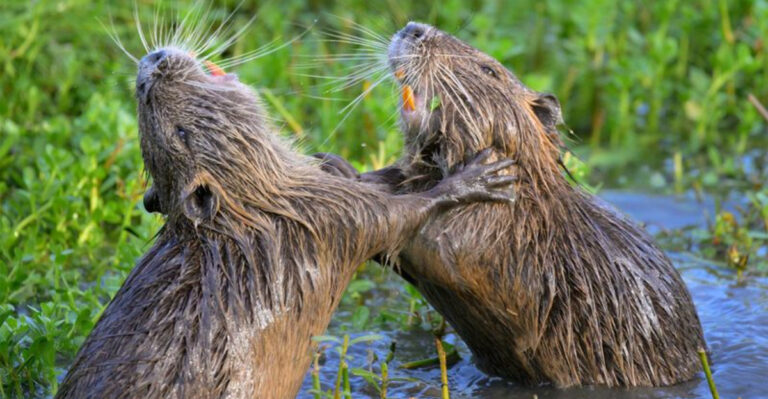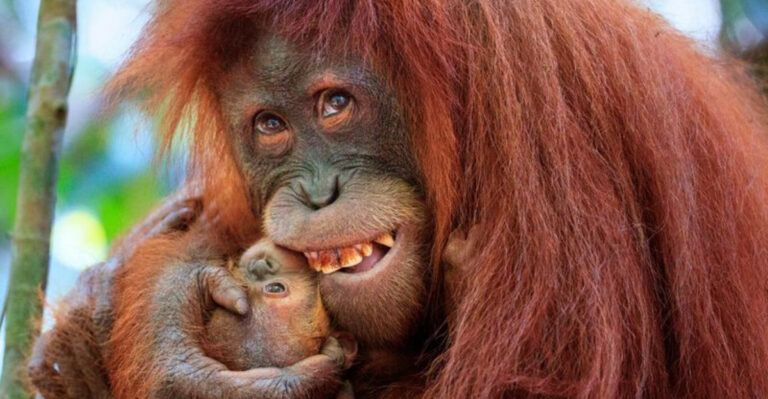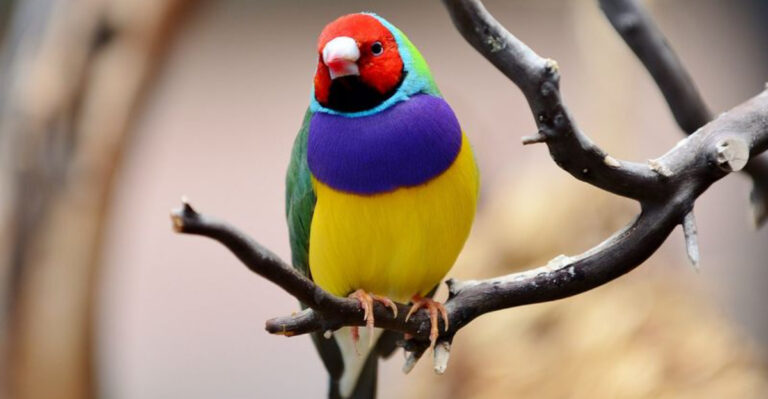12 African Animals That Roam Only At Night And What They Do After Dark
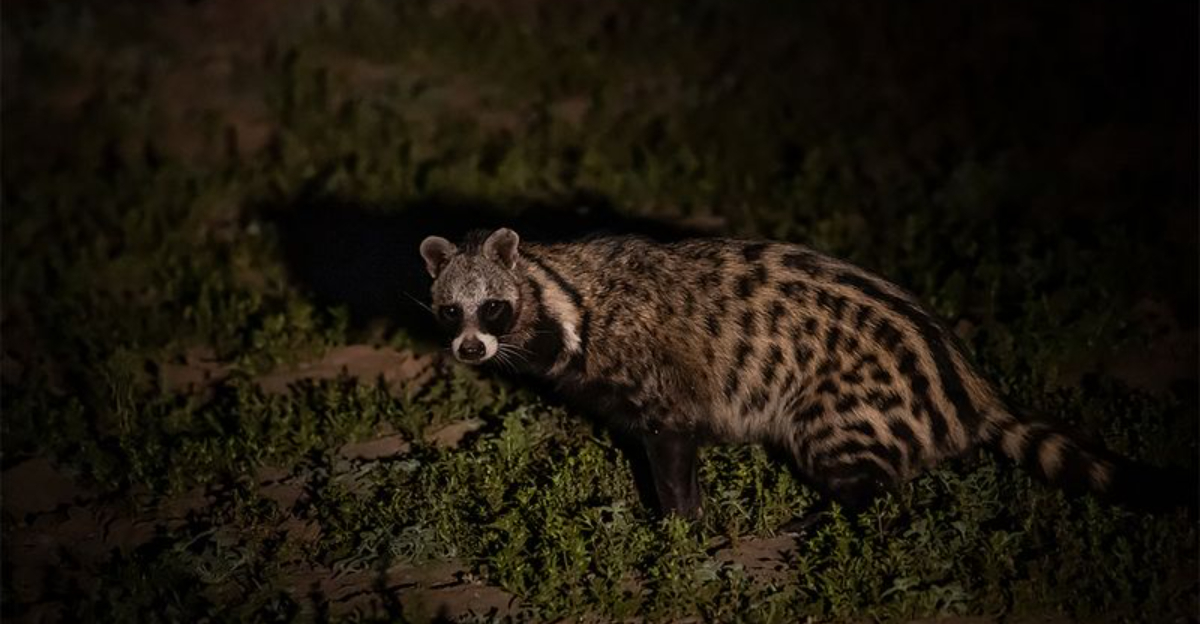
When the African sun sets, a hidden world awakens across the continent’s diverse landscapes. Mysterious creatures emerge from burrows, trees, and hiding spots to begin their nightly routines.
These nocturnal animals have evolved special adaptations like enhanced hearing, night vision, and unique hunting strategies that help them thrive in darkness while avoiding daytime predators and heat.
1. Aardvark
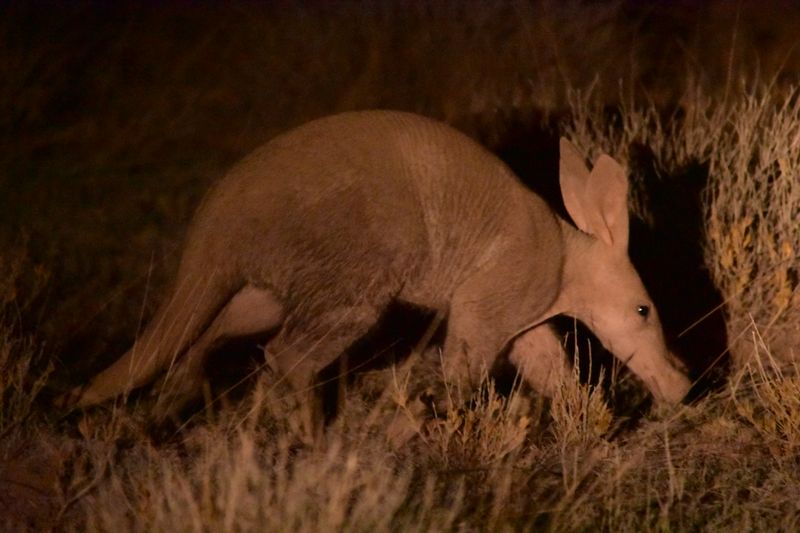
Under starlight, the pig-nosed aardvark transforms into a termite-hunting machine. Its powerful claws can tear through concrete-hard termite mounds with surprising efficiency.
Equipped with a sticky, foot-long tongue, it can lap up thousands of insects in a single night. The aardvark’s thick skin provides protection as it digs rapidly, creating new burrows that later become homes for other animals.
2. Porcupine
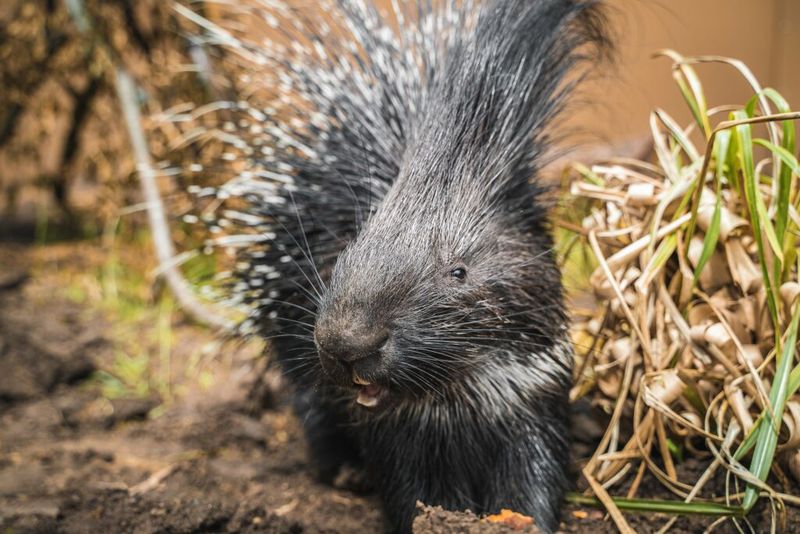
Nature’s walking pincushion ventures out after sunset to forage for roots, fruits and tree bark. Their famous quills – actually modified hairs – provide remarkable protection against Africa’s nighttime hunters.
When threatened, porcupines rattle these quills together, creating an intimidating warning sound. They’ll even reverse charge predators, embedding their detachable quills into unfortunate attackers who learn a painful lesson about personal space.
3. Hyena
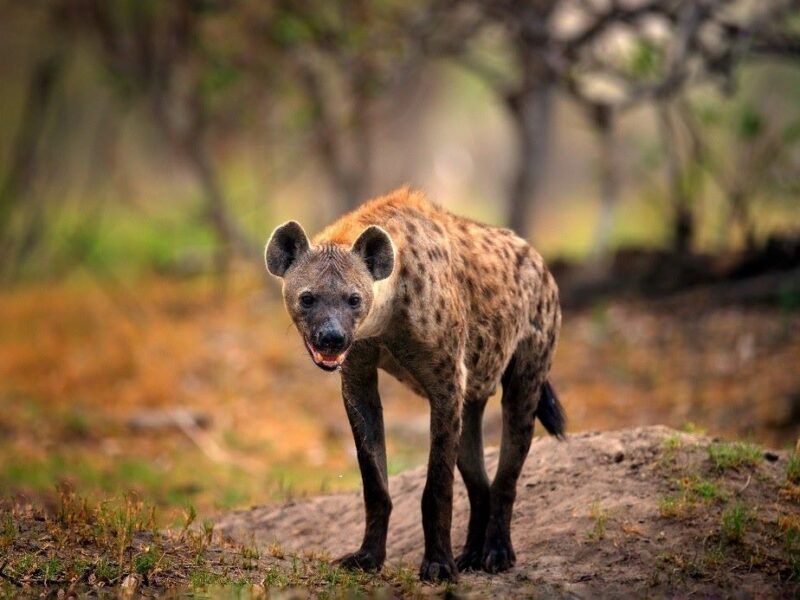
Masters of the midnight chorus, hyenas communicate through an eerie repertoire of whoops, giggles, and growls that carry for miles across the savanna. Female-led clans coordinate sophisticated hunting strategies using these vocalizations.
Their powerful jaws can crush bones that other predators leave behind. Far from being simple scavengers, spotted hyenas kill up to 95% of their food, working together to bring down prey many times their individual size.
4. Serval
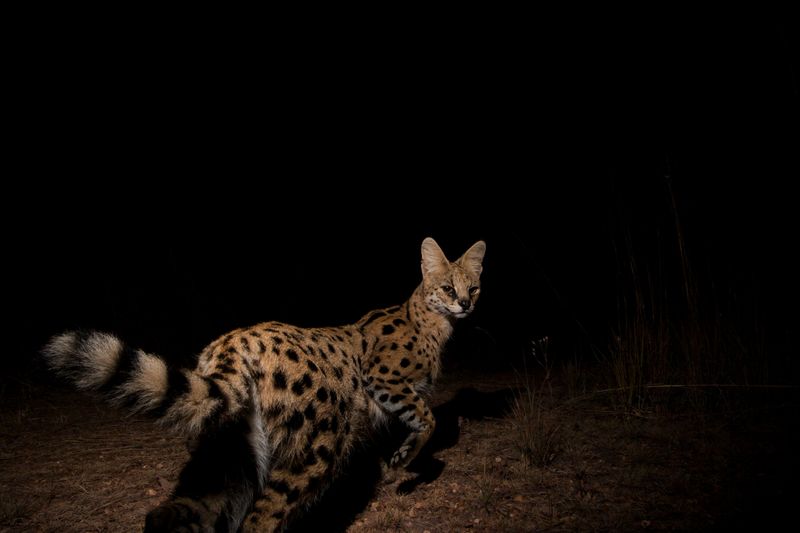
Moonlight dances across the serval’s spotted coat as this elegant wildcat stalks through tall grass. With legs proportionally longer than any other cat, these nighttime hunters perform spectacular vertical leaps.
Servals can jump up to 12 feet high to pounce on unsuspecting birds. Their enormous ears work like satellite dishes, rotating independently to pinpoint the rustling movements of rodents hiding in dense vegetation – even those completely invisible to the eye.
5. Bush Baby (Galago)
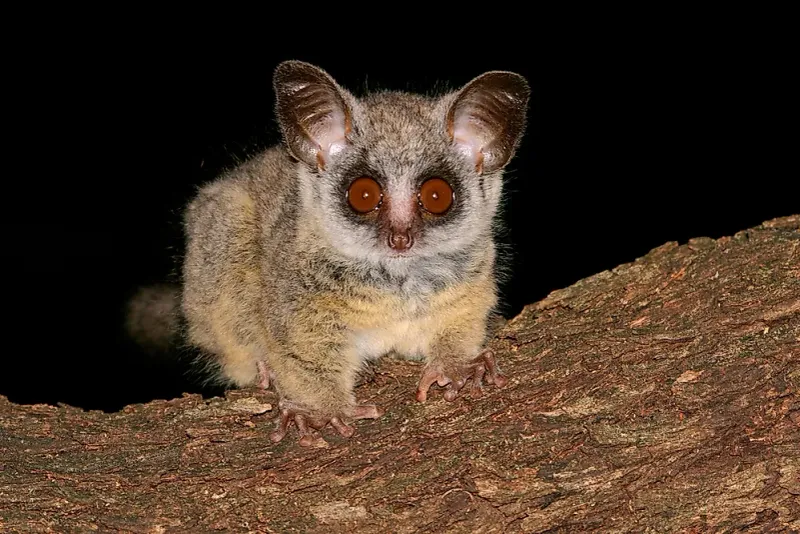
Resembling tiny, wide-eyed gremlins, these pocket-sized primates launch themselves between branches with astonishing precision. Bush babies can leap over 20 feet in a single bound thanks to specialized leg tendons that store energy like springs.
Their enormous eyes gather available moonlight, giving them vision 255 times more sensitive than humans. Their eerie, infant-like cries pierce the African night – a sound that earned them their common name and sends shivers down spines.
6. Civet
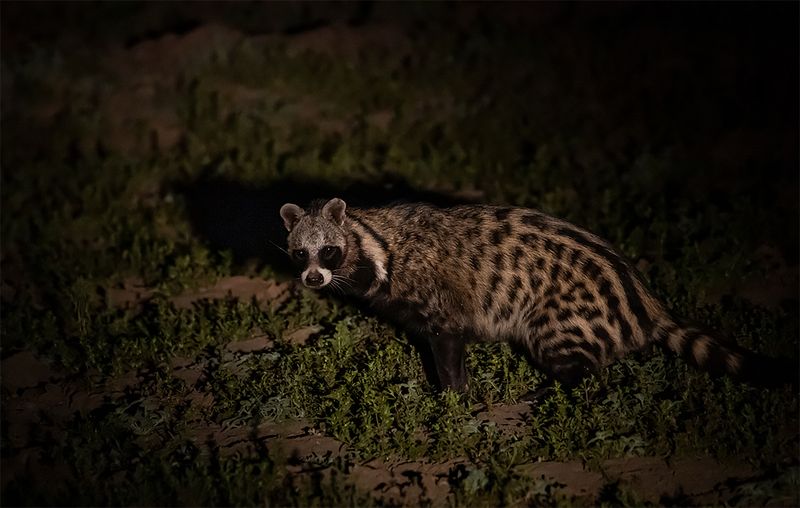
Sporting a masked face and spotted coat, the African civet prowls through forests leaving behind a trail of distinctive scent markings. These musky secretions were once highly prized in perfume-making, leading to the unfortunate captivity of many civets.
Their omnivorous appetite leads them to feast on everything from fruits and insects to small vertebrates. Sharp climbing skills allow civets to raid bird nests, while their keen sense of smell helps locate fallen fruits in complete darkness.
7. Pangolin
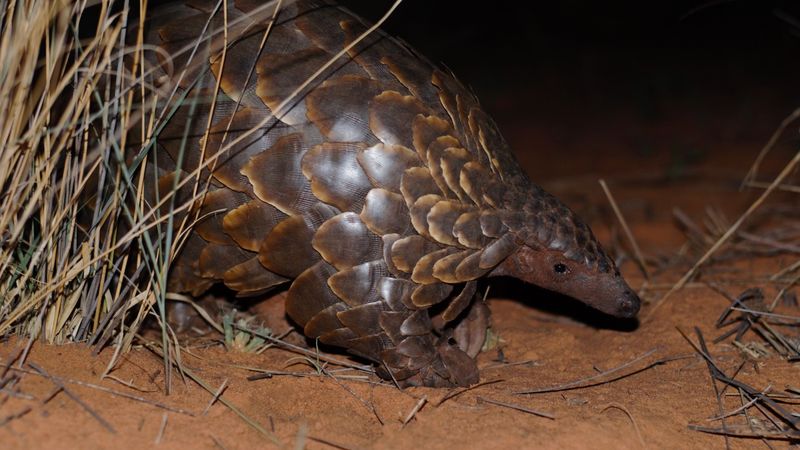
Covered in overlapping scales like a walking pinecone, the pangolin is nature’s armored tank. When threatened, it rolls into a tight ball that even lions can’t pry open. Their specialized diet consists almost exclusively of ants and termites – up to 70 million annually per animal!
A pangolin’s sticky tongue can extend longer than its entire body, reaching deep into insect nests. Sadly, these gentle creatures are now the world’s most trafficked mammals.
8. African Wildcat
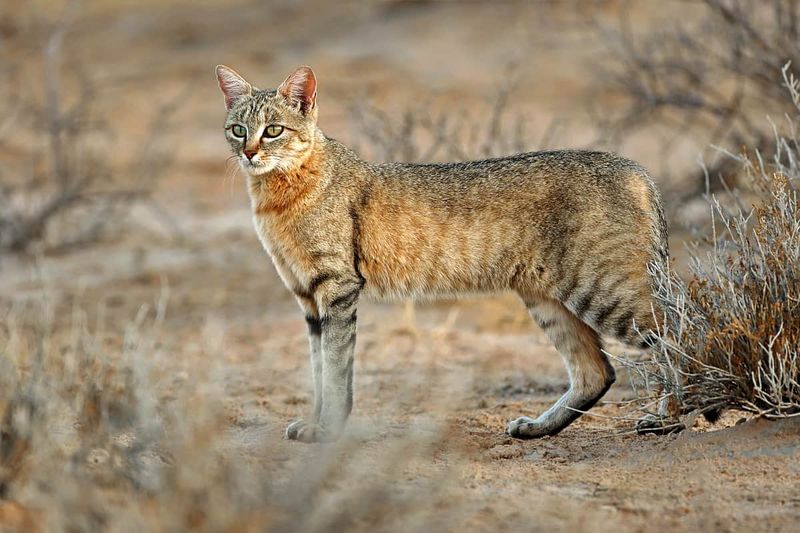
The ancient ancestor of your household tabby stalks through the African night with deadly precision. Looking remarkably similar to a domestic cat with slightly longer legs and a more muscular build, these felines maintain a fiercely independent existence.
Their hunting strategy involves infinite patience – freezing in place for long periods before explosively pouncing. Small rodents make up the bulk of their diet, though they occasionally tackle birds, reptiles, and insects when opportunity presents itself.
9. Bat-Eared Fox

Those comically oversized ears aren’t just for show – they’re sophisticated insect-detecting instruments. Each ear can rotate independently, picking up the faintest underground movements of termites and beetle larvae.
Unlike most canids, these foxes rarely hunt vertebrates, instead specializing in harvester termites that emerge after rainfall. Their hearing is so precise they can detect insect larvae chewing plant roots beneath the soil! Mated pairs stay together for life, raising pups cooperatively.
10. Springhare
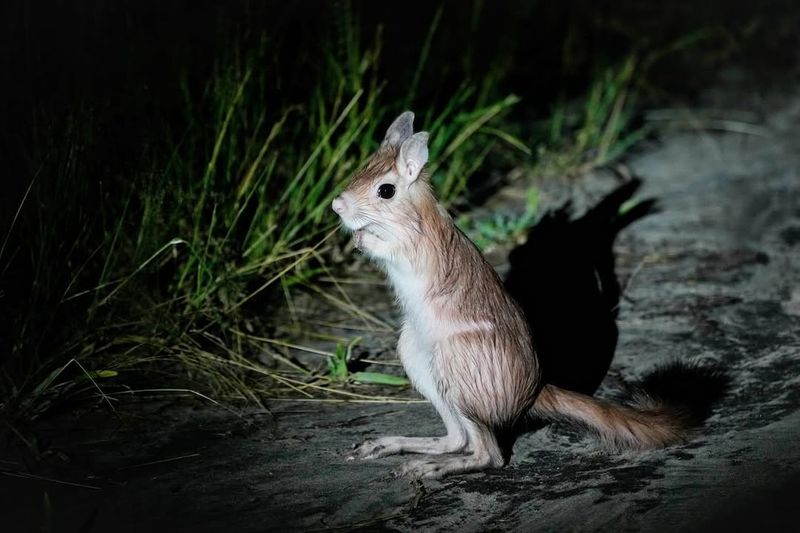
Neither hare nor kangaroo, this rodent performs gravity-defying leaps across moonlit savannas. Springhares can bound up to nine feet in a single hop, using their long, muscular hind legs and balancing tail.
Their erratic zig-zag jumping pattern confuses predators like jackals and owls. During daylight hours, they hide in complex burrow systems that can extend 15 feet underground. Their fur glows a brilliant magenta under ultraviolet light – a recently discovered phenomenon that still puzzles scientists.
11. African Barn Owl

Silent as a ghost, the barn owl’s specialized feathers eliminate the sound of flight completely. This stealth technology allows them to swoop down on unsuspecting rodents without the slightest warning. Their heart-shaped facial discs function like satellite dishes, channeling sound to asymmetrically positioned ears.
This arrangement gives them three-dimensional hearing so precise they can catch mice in total darkness. A single family of barn owls can consume over 3,000 rodents annually!
12. Genet
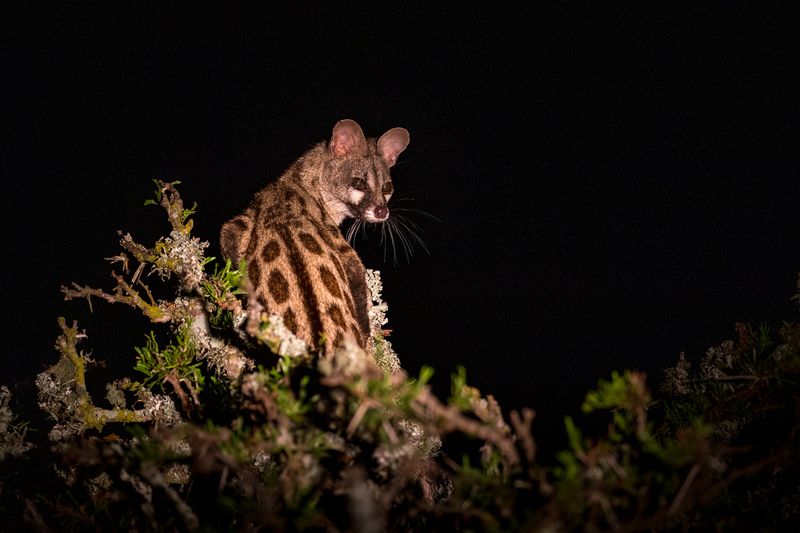
With a body like a cat, spots like a leopard, and movements like liquid shadow, the genet navigates through treetops with supernatural grace. Their semi-retractable claws and flexible ankles allow them to climb headfirst down tree trunks.
Genets are opportunistic hunters, pouncing on anything from insects to small birds. Their extraordinarily flexible bodies can squeeze through openings barely larger than their skulls. When threatened, they can release a foul-smelling musk from anal glands – a last-resort defense mechanism.

